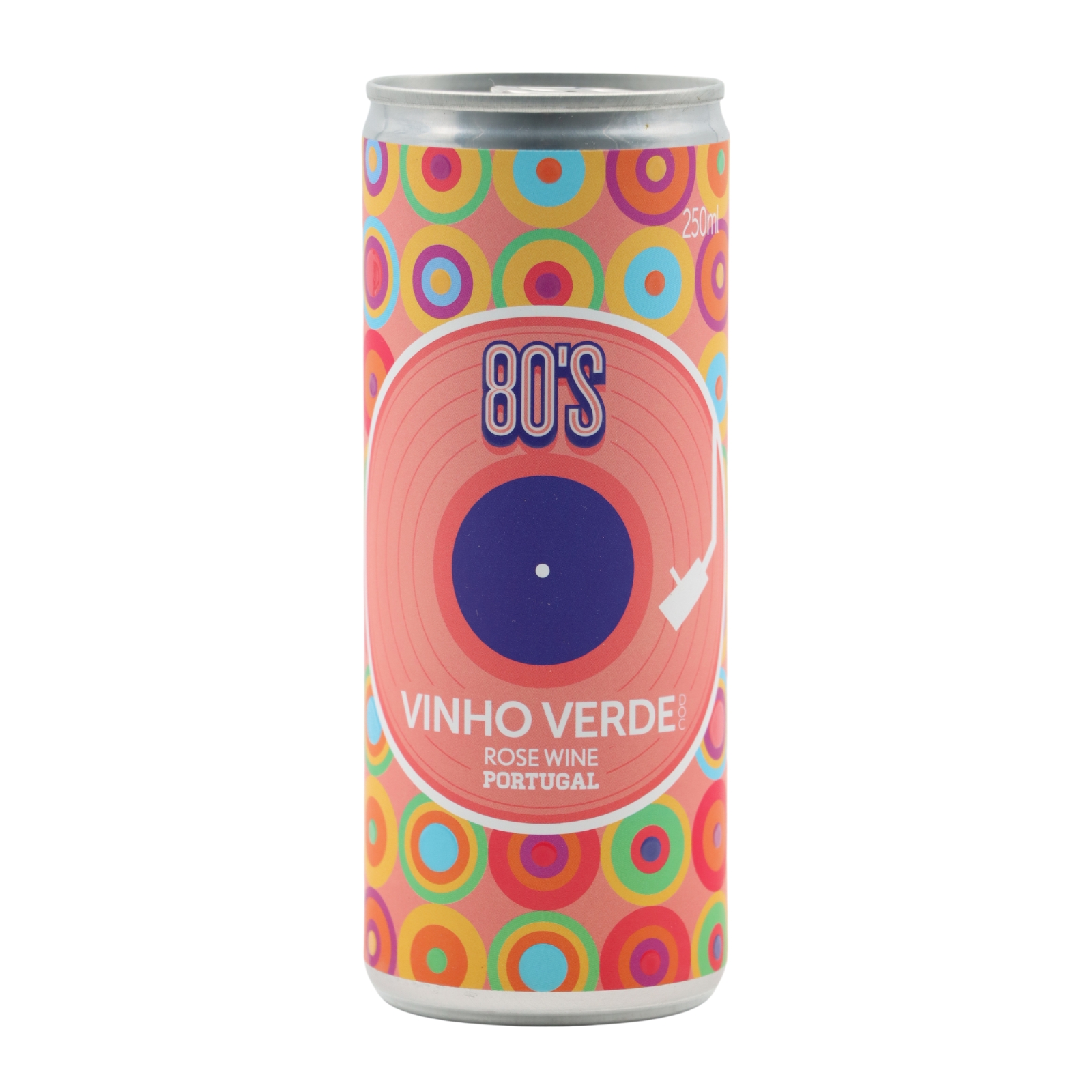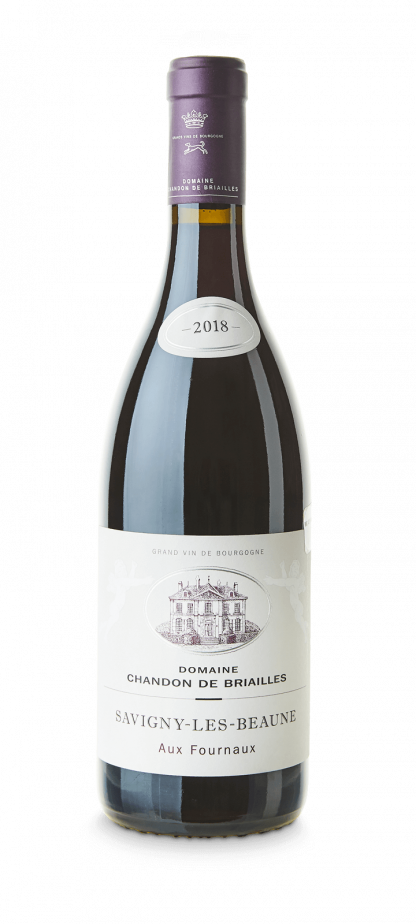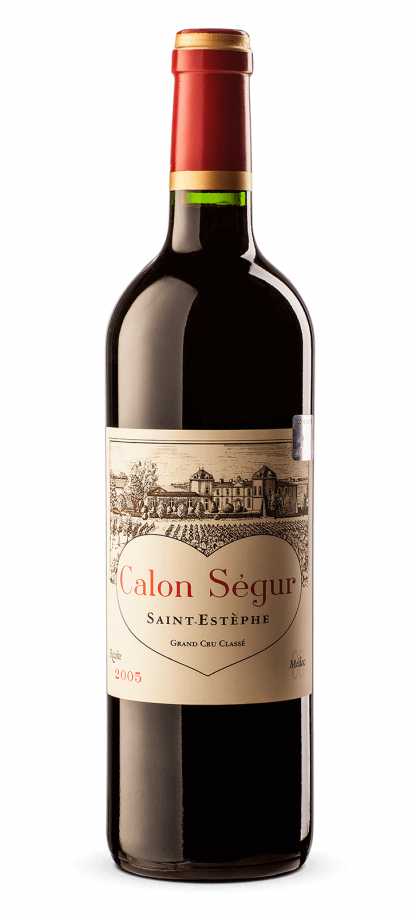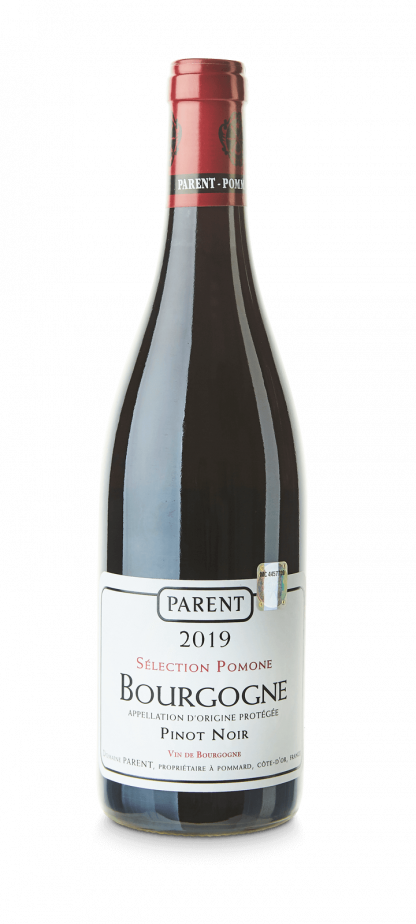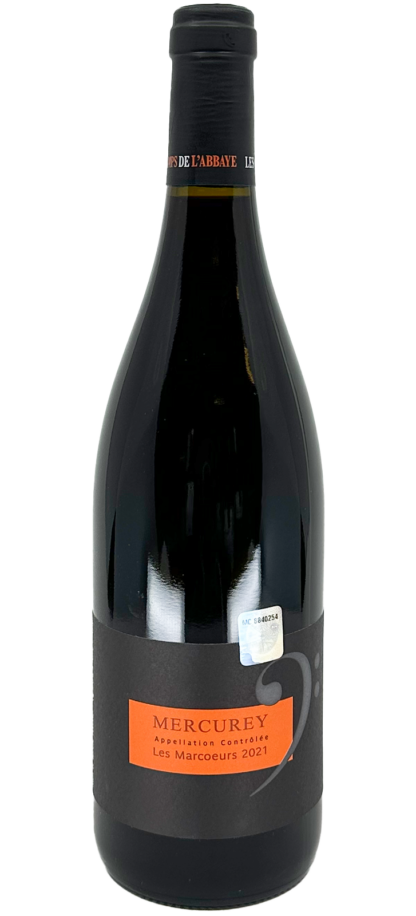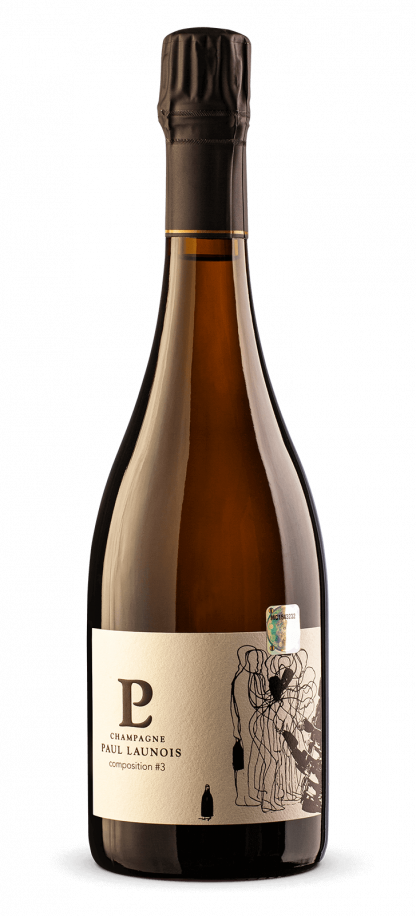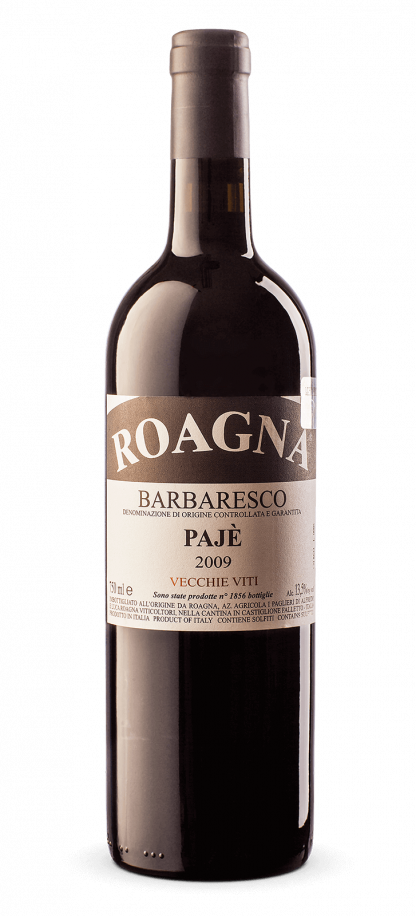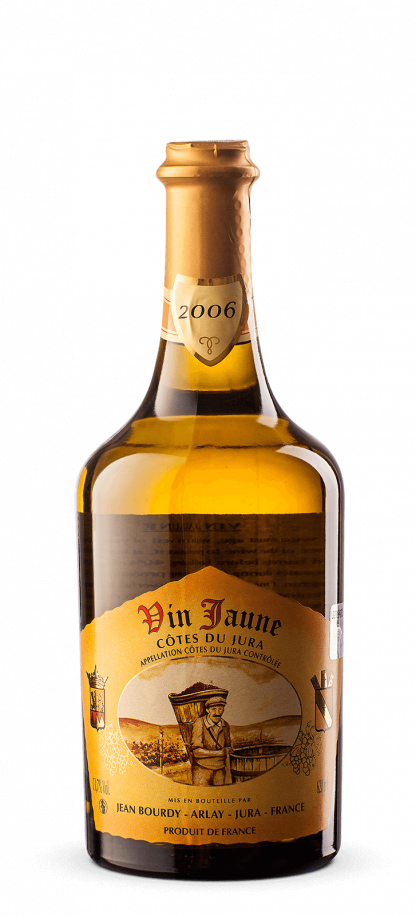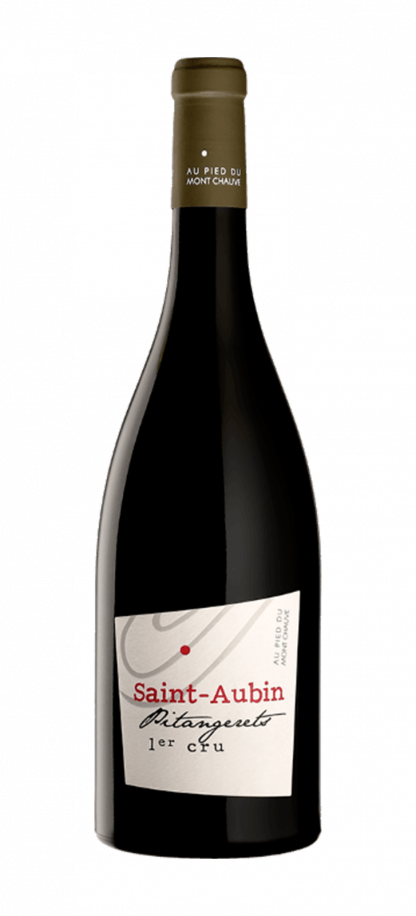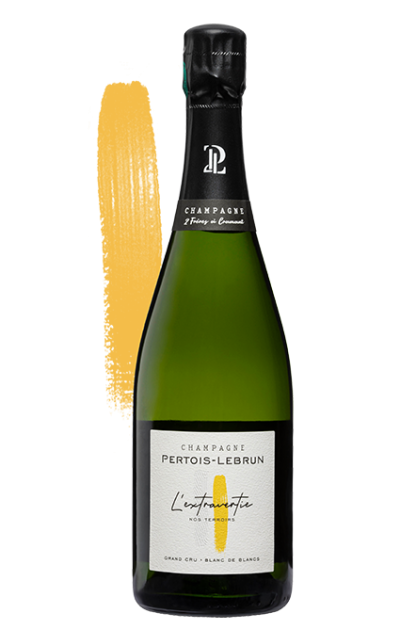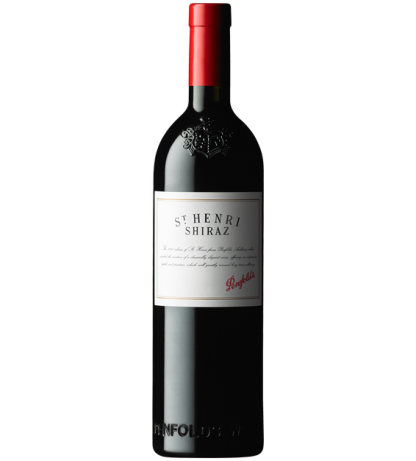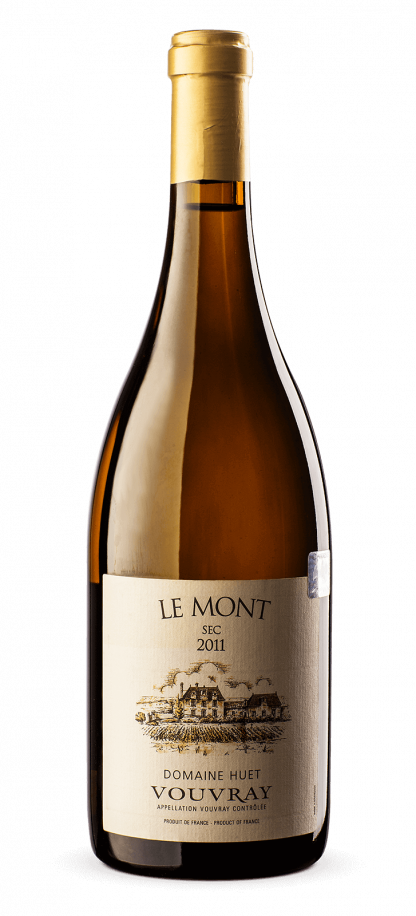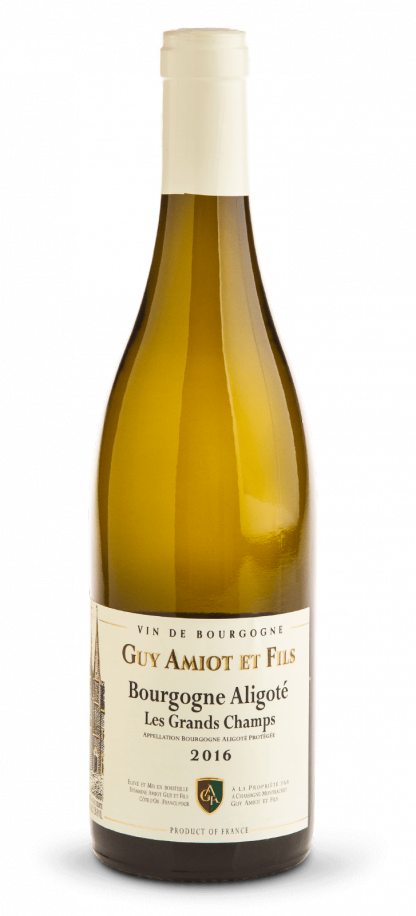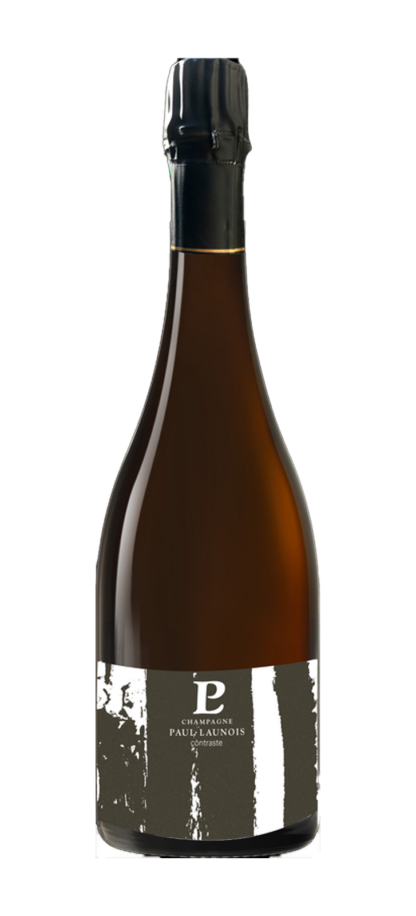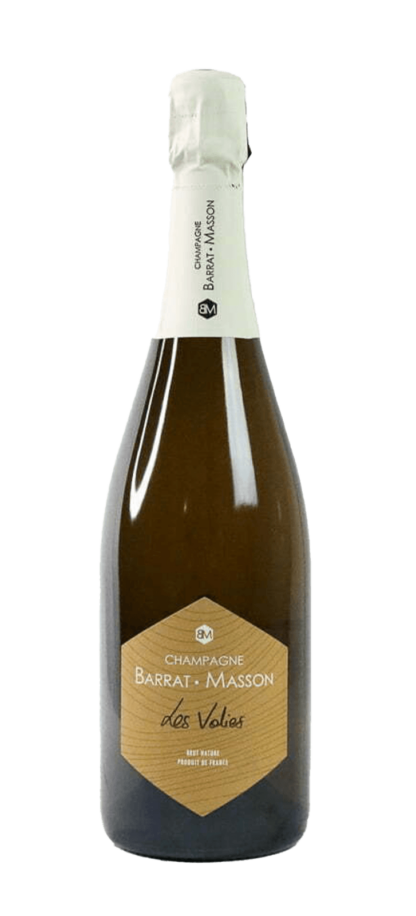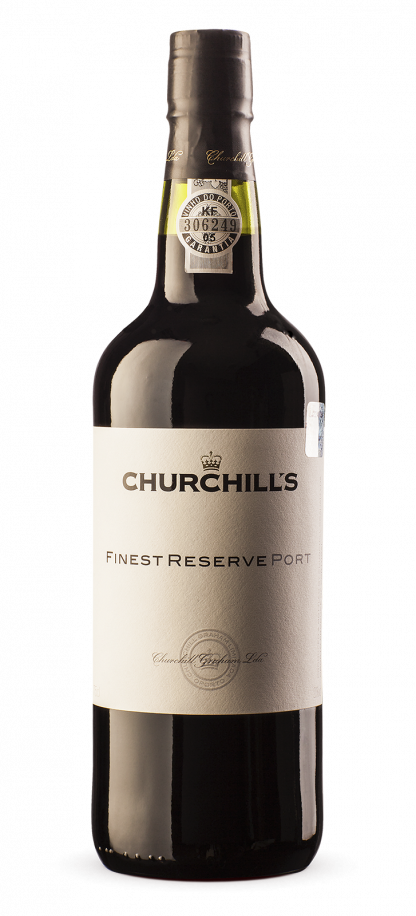Ponte da Barca Vinho Verde Rose 250ml
Ponte da Barca Vinho Verde Rosé garšas notis atklāj svaigu sarkano ogu buķeti, piemēram, zemenes un avenes, ko papildina ziedu nokrāsas un citrusaugļu miziņas pieskāriens. Pēc garšas tas piedāvā spilgtu skābumu un vieglu, spraigu tekstūru ar sarkano jāņogu, arbūzu un laima nokrāsu, kas nodrošina tīru, atsvaidzinošu noskaņu. Šis rozē ir pazīstams ar savu līdzsvaru, augļu profilu un raksturīgo vieglo putošanu, kas padara to īpaši patīkamu.
Ponte da Barca Vinho Verde Rosé lieliski sader ar dažādiem viegliem ēdieniem, piemēram, grilētām garnelēm, ceviche vai svaigiem salātiem, kur tā skābums un putošanās uzlabo ēdiena maigo garšu. Tas arī papildina piknika ēdienus, piemēram, gaļas izstrādājumus un mīkstus sierus, nodrošinot atsvaidzinošu kontrastu un paaugstinot kopējo maltītes pieredzi ar savu kraukšķīgo un augļu raksturu.
Noliktavā 6 prece/-es






